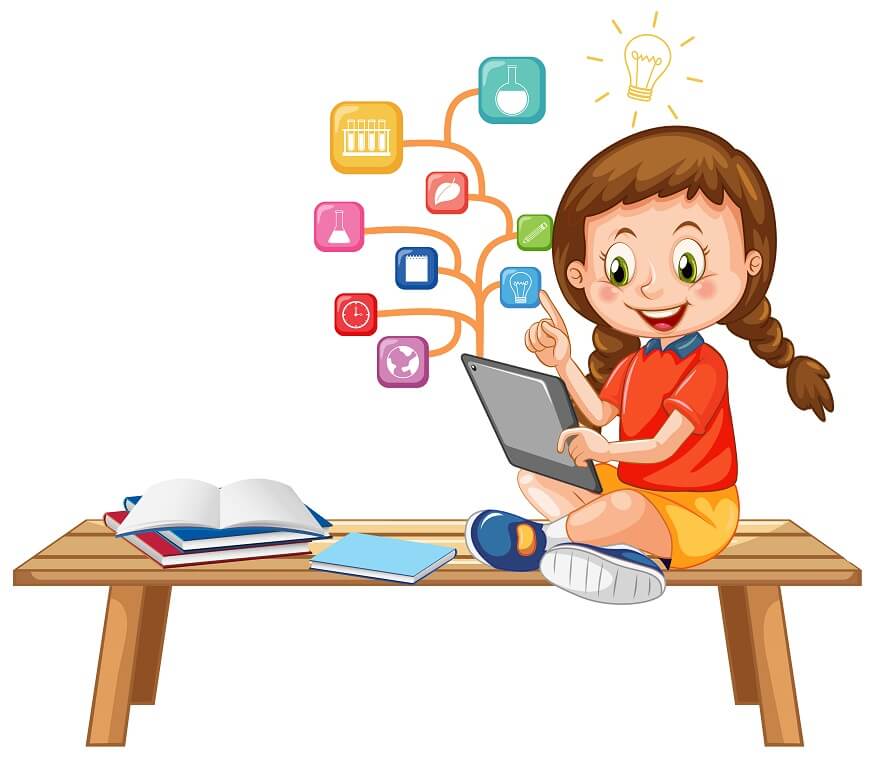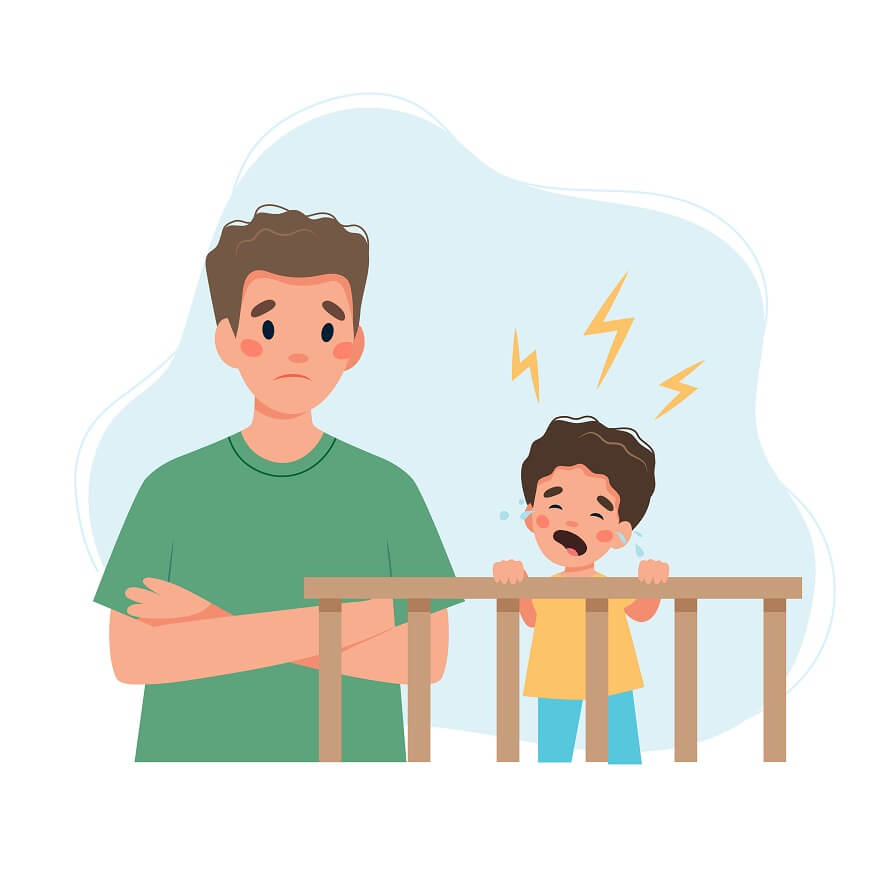We are living in a hyper-connected digital era with close to 50 billion connected devices in the world. With a world population of around 8 billion, this comes to an average of seven devices per head for each of us. Starting from our smartphones, tablets, desktops, laptops, headphones, smartwatches, and even household items such as television, refrigerator, air conditioners, and vacuum cleaners every device is now connected to the internet in some way or the other. Not just at home, even at school and at work we are surrounded by these digital devices. Most schools have adopted digital technologies significantly. Hence, it will not be an overstatement to say that digital literacy today is essential to get our way around in this digital world, even for children.
Also Read: Computer Education: Meaning, Evolution, Importance, Benefits
Digital Literacy Facts
In this blog, we will talk about the importance of digital literacy for children in education and the 10 things one must know about digital literacy.
1) Digital literacy is not just about the gadgets
It is a misconception that you are digitally literate only if you know how to use gadgets such as a computer, laptop, tablet or smartphone. Digital literacy is not just about knowing how to operate gadgets, but it is also about knowing about the possible pitfalls, safety and security issues that come with the evolving digital world.
2) Digital literacy matters both online and offline
Another misconception is that digital literacy matters only when we are online or connected to the internet. We do not need to bother if we are not connected to the internet. This might have been true for devices a decade ago, but certainly not today. For example, you may not be personally connected to the internet but there might be cameras which are recording you and those cameras might be connected to the internet. We need to be aware of how digital technologies both in our possession and also those in our external environment can track us, our activities, and our movements.
Examples of Digital Literacy
In light of the above, it is essential to include the following elements in digital literacy, especially for children.
– Internet safety
– Digital footprints
– Digital identity
– Cyberbullying
– Digital Ethics
3) Digital literacy is a key skill to develop
Digital literacy is fast emerging as an essential skill for all to develop. The corporate world is demanding digital literacy as a must-have skill from their employees. Even simple things such as your typing speed on a computer can be a significant advantage (or roadblock) to your success in the corporate world. Students adept at using software tools such as Excel, and PowerPoint, and can make the most of social media platforms and the internet typically do well in corporate settings as compared to those who are not. Technological Literacy has been listed as one of the top 10 skills for 2023-2027 by the World Economic Forum in their Future of Jobs Report of 2023.
4) Digital literacy is relevant to all age groups, especially children
Digital literacy efforts have found few takers among children. It is important to understand that digital literacy is essential for all age groups. Given their innocence and the amount of exposure to technology in the current day, children are an even more critical target audience for digital literacy programs. Cases of digital identity theft, cyberbullying and online harassment, exposure to harmful content, and more such menaces mandate digital literacy for children.
Also Read: Infobesity: Meaning, Symptoms, Effects and Prevention
5) Lack of organised framework to implement digital literacy
Efforts on spreading digital literacy are still piecemeal and ad hoc. We still lack an organised framework for spreading digital literacy amongst children. Current efforts are largely run in isolation by certain progressive schools or NGOs without a concerted and aligned countrywide effort to enhance digital literacy among children.
6) Limited focus in schools on digital literacy
Apart from the premium schools, most government and other schools in rural and non-urban India lack a concentrated program on digital literacy. CBSE has very recently launched a Digital Citizenship program in 2022 for children of classes VI-VIII. Children today are exposed to digital technologies from a very young age and thus digital literacy becomes an essential topic right from a very young age.
7) Focus on Training the Trainer (or Teacher)
One of the key challenges schools face is the lack of teachers who are capable enough to impart children with digital literacy skills. In light of this matter, it also becomes essential to have an organised framework to train teachers on digital literacy so that they can then spread digital literacy among children.
8) Context is key to Digital Literacy
Given the diversity, especially in a country like India, digital literacy must be context-driven. Children come from diverse living standards, backgrounds, family types, household incomes, etc. Digital literacy programmes must be crafted keeping their unique context in mind. For example, a digital literacy program for children in a rural setting cannot be the same as that for an international school in an urban metropolitan.
9) One size may not fit all
A one-size program may not fit all. Digital literacy programs for both teachers and children must be designed with this context in mind. An initial diagnostic could be the starting point to assess their current digital literacy levels. Interventions must then be designed keeping the current skill levels in mind. A one size fits all program in a hugely diverse country like India is bound to fail in creating the impact that is required.
Also Read: Ways Parents Can Support Their Children’s Online Learning
Digital literacy is given prime importance at EuroSchool. We understand the importance of digital literacy for our students. Our expert educators educate our students on all aspects of digital presence and safety. Our students when they graduate are highly proficient in operating digital technologies and also understand the safety and security nuances behind such technologies. This digital proficiency sets them apart from their peer group from other schools and paves the way for them to a successful professional career.









